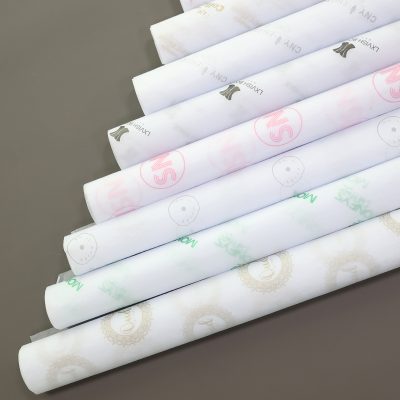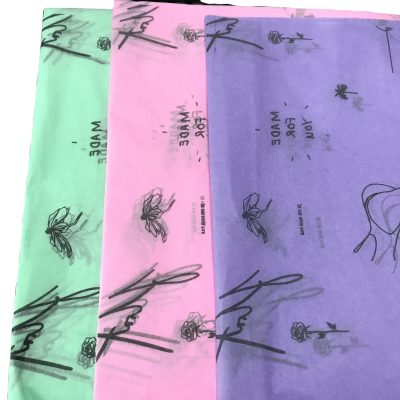The specific application of lightness contrast in packaging color
The size of the brightness difference between the colors determines the strength of the brightness contrast. The greater the difference in brightness, the stronger the contrast and the stronger the visual effect, and vice versa. Generally speaking, those within 3 color gradations are called lightness weak contrast, also known as short-tone contrast; 3-5 color gradations are called lightness medium contrast, also known as mid-tone contrast; other than 5 color gradations are lightness strong Contrast, also known as long-tone contrast.
There are thousands of colors with brightness contrast factors. They are different from each other, and the contrast relationship formed must also have their own characteristics. Various color contrasts have irreplaceable characteristics and effects. This is the relationship between packaging color brightness contrast. where the particularity lies. For example, in the packaging of cosmetics, dark colors are often used as the keynote, and a small area of medium brightness colors are used to represent male products to show solemnity. The packaging of women’s cosmetics often uses soft and elegant colors as the keynote, and uses weak contrast techniques to show elegance.
The specific application of color contrast in packaging color
The color contrast formed by the difference in hue is the hue contrast. The strength of the hue contrast depends on the hue’s distance on the hue circle. The contrast of the hue within 15 degrees is the comparison of the same hue, which is a weak contrast relationship. It is generally regarded as the contrast of the same hue with different brightness and different purity. Because the distance between the hues is quite close, the boundaries between the two sides of the contrast are blurred, making it difficult to distinguish; The contrast between the hues of more than 15 degrees to about 45 degrees is called the adjacent color contrast, or the approximate color contrast, which is a weaker hue contrast; the contrast of the hue distance of about 130 degrees is generally called the contrasting color contrast, which is a medium hue contrast. ; The contrast with a hue distance of about 180 degrees is called complementary color contrast, which is a strong contrast of hue.
The hue contrast can enhance the clarity and vividness of the hue, and the hue effect with strong contrast and high purity is more gorgeous, vivid and active, which is easy to make people excited and excited, thereby enhancing the beauty, vividness, liveliness, attention and emotional tendencies of the color matching. Otherwise it is weak. For example: Tobacco and alcohol foods are often used in strong contrast of elegant and simple hues, giving people a strong feeling of delicious, mellow, and rich physiologically, and psychologically indicating that they have a long-standing brand sense. It is the proper use of color contrast in the packaging of these commodities, which is in line with the physiological and psychological characteristics of consumers, so that consumers can quickly make purchasing decisions.
The specific application of purity contrast in packaging color
Colors with strong purity and contrast will stimulate people’s physiology and psychology. On food packaging, the use of bright and bright contrasting colors can emphasize the aroma, sweetness, smell, taste and taste of food. For example: chocolate, cereals and other foods are mostly based on warm colors such as gold, red, and brown. The strong contrast method will give people a fresh, delicious and nutritious feeling. Colors with weak contrast in purity give people a soft and elegant feeling. For example, tea packaging uses green as the keynote, and uses weak contrast techniques to give people a fresh and healthy feeling.
The specific application of cold and warm contrast in packaging color
From the perspective of the specific application of packaging color, to a certain extent, the contrast between cold and warm is infinite. Mastering the contrast between cold and warm will also grasp the essence of packaging color changes. Because the change of color temperature affects the brightness, purity and hue of the color. Recognizing this, it is easy to understand the changing law of packaging color, and expressing this will make the color relationship more closely organized and more vivid, and it is easier to express the authenticity of product attributes. In this regard, the contrast between cold and warm mentioned here actually includes the comprehensive organization of the three contrasts of color brightness, purity, and hue, rather than anything beyond the comprehensive contrast. Some people do not understand this point, and think that the contrast between cold and warm is the negation of the contrast between light and dark, or the negation of the contrast between purity. It emphasizes the relationship between cold and warm, while ignoring the horizontal connection and comparison of other contrasting relationships, which leads to disordered visual effects of packaging colors, giving people a feeling of “flower” and “chaos”. For example, for the packaging of cold food products, cool colors such as blue, green, and white are used as the main colors, and the contrast relationship between the same hue or adjacent hue can be used to highlight the freezing and hygienic safety of the food. In the packaging of pharmaceuticals, it is often clear; let the warm color block indicate the nature of the drug, such as red for nourishing and fitness, blue for anti-inflammatory and antipyretic, green for pain relief and sedation, and red and black blocks for severe drugs. The specific application of this type of color contrast between cold and warm can be based on different types of commodities, and different contrast methods can be adopted, which is convenient for consumers to identify different commodity attributes and play the memory function of colors when they buy them next time.









